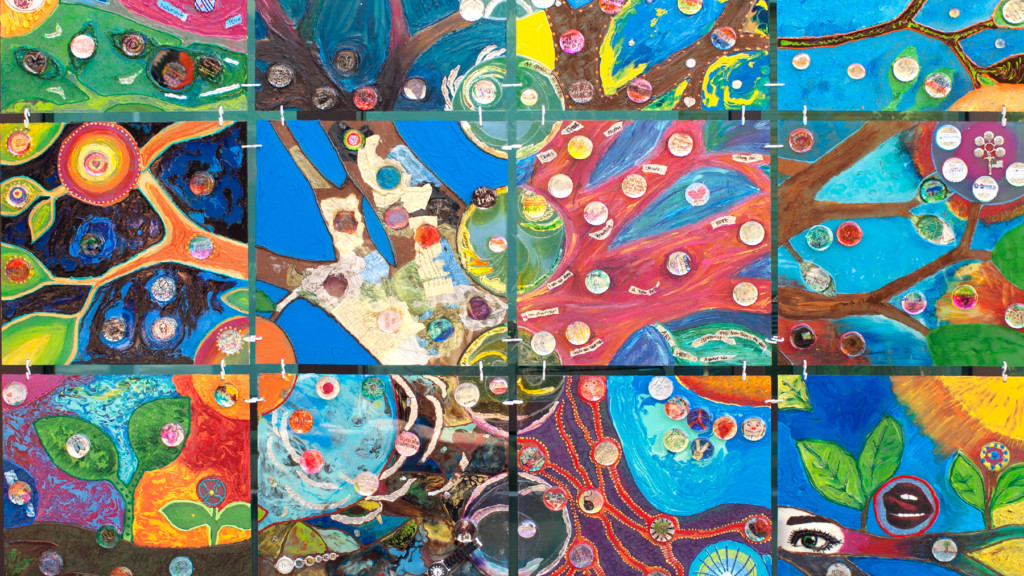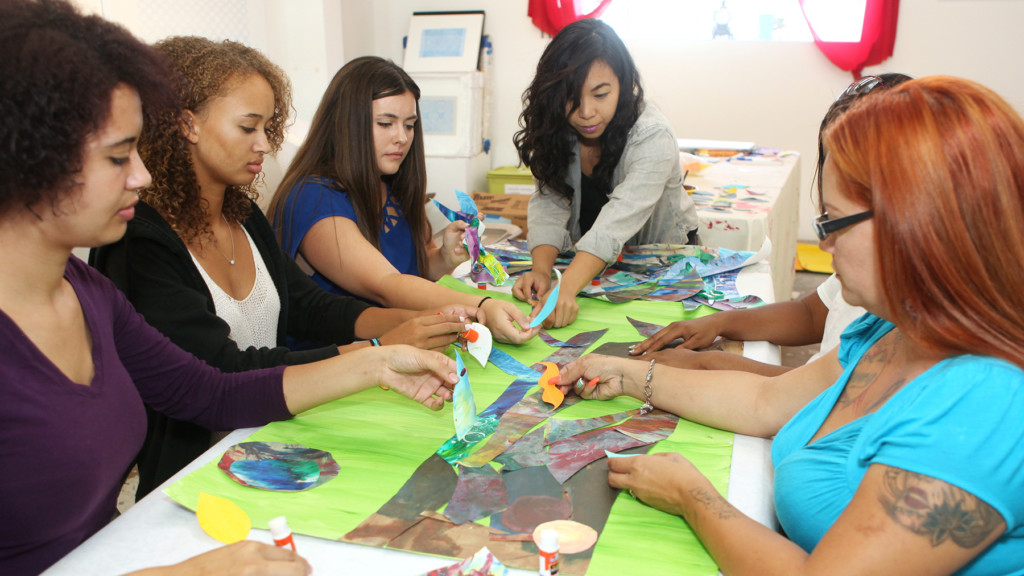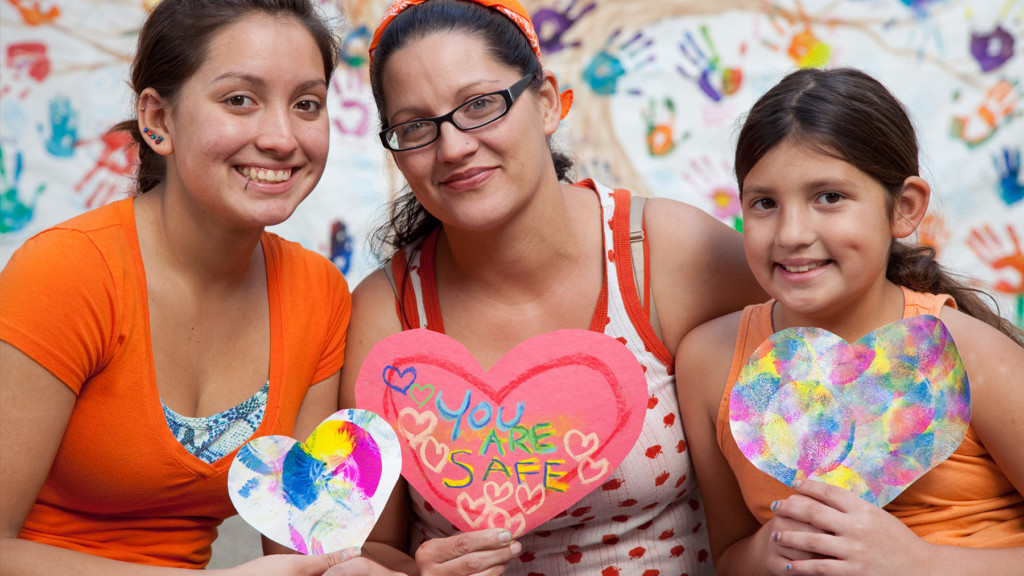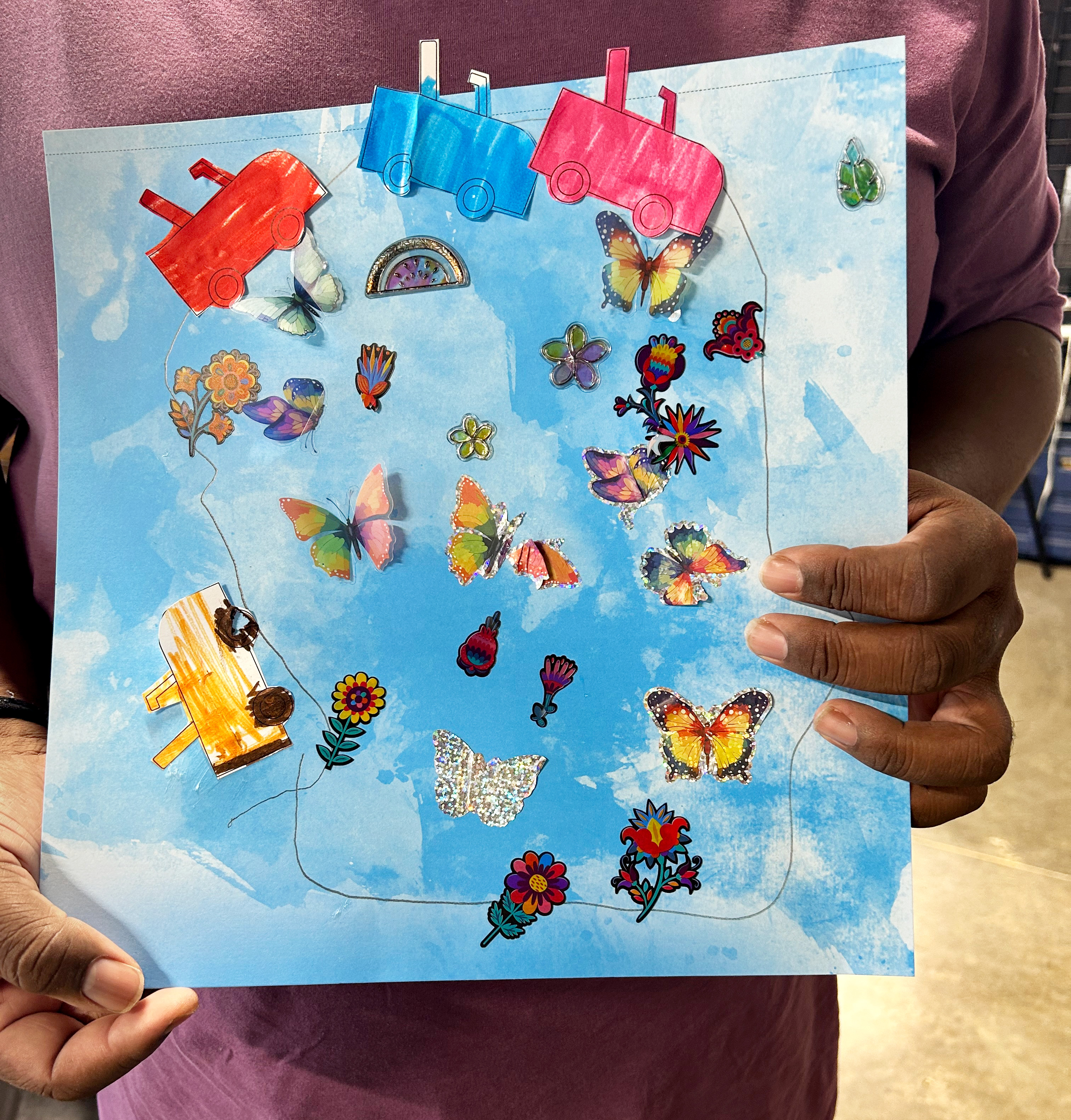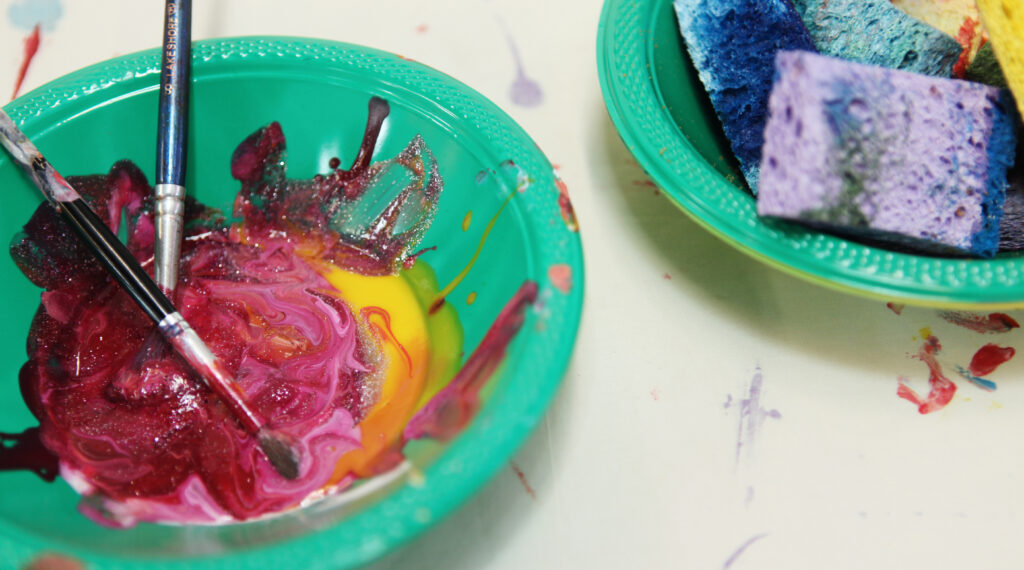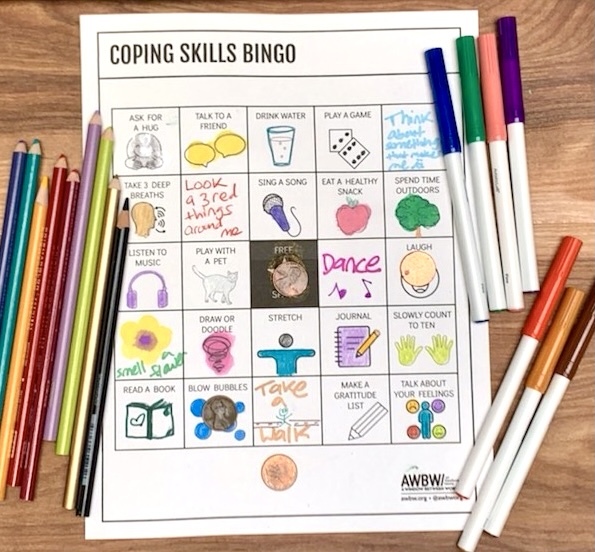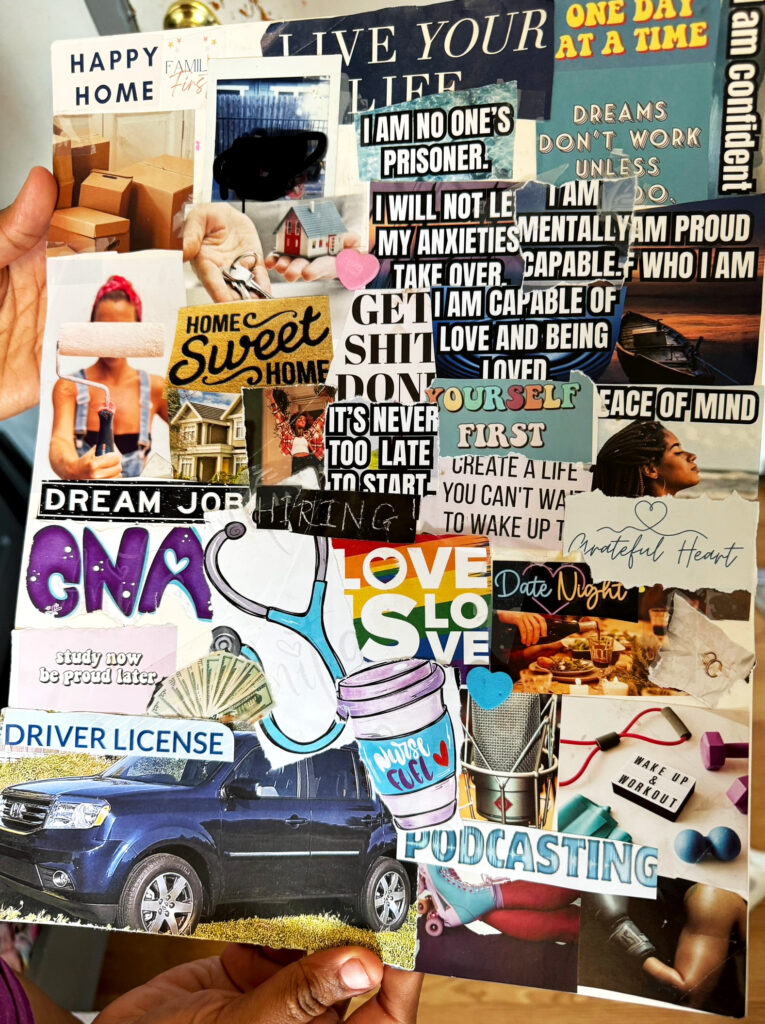I facilitated the Riding the Grief Coaster art workshop for a group of three adults with developmental and intellectual disabilities, aged 35 to 38. All three participants shared a common experience: the loss of a parent.
I chose this workshop to support the participants in their healing journeys by teaching them about the five stages of grief and offering an opportunity to use art to identify emotional patterns and behaviors that may emerge as part of their individual grieving processes.
During the workshop, one participant spoke openly about his struggles with denial, anger, and depression related to the loss of his mother to cancer. He shared a heartfelt account of how these feelings have shown up in his life, including recurring vivid dreams of hugging his mother. He also described other ways that grief has surfaced in his life, including incidents involving property destruction, verbal aggression toward others, and a suicide attempt that led to his hospitalization. He was able to recognize and name several coping strategies that have helped him manage difficult emotions and physical sensations. These included listening to music, practicing positive self-talk, walking away from stressful situations, and using deep breathing techniques. With the support of the group, he took time during the workshop to cry, pray, and reflect on his values and goals.
By the end of the workshop, he appeared relieved after expressing his experiences with the group. Through the guided discussion on the five stages of grief, he was able to better understand the emotional outbursts he had experienced as responses to the loss of his mother. He also began to release harmful self-concepts, such as viewing himself as a “bad person.”
During the closing discussion, participants were reminded of the metaphor of riding a roller coaster, with its unexpected twists and turns, as a way to track their personal experiences with grief. I also encouraged them to use their artwork to communicate with others, such as caregivers, relatives, and friends, about what they are going through and how others can best support them during difficult times.
In the spirit of supporting others on similar journeys, some participants chose to leave their artwork with me to serve as examples for future groups and to be displayed in an upcoming art gallery for their peers. Earlier this year, a colleague and fellow AWBW Art Facilitator hosted a Socio-Emotional Art Exhibit at our organization’s Headquarters in Lake Balboa, featuring artwork collected from her workshops. I plan to collaborate with her to host a similar exhibit at my local branch office to raise awareness among staff and clients about the powerful, healing impact of durational art for trauma survivors.
